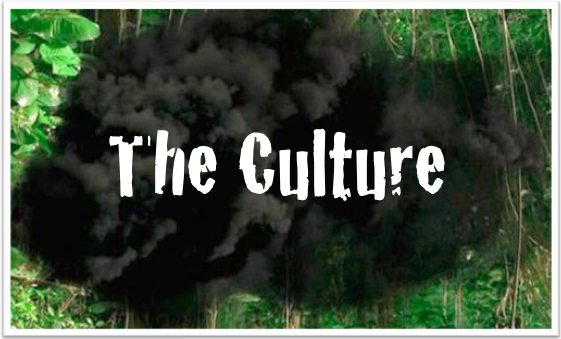(A brief tangent from the three part series on Real Differentiation at Oscar Mayer…)
It’s only whispered about in the hallways or talked about behind closed doors. It keeps strategies from being executed, major initiatives from succeeding, and leaders from reaching their goals. It’s devious and touts its success. It subdivides and infiltrates all parts of the business. It feigns agreement to well-articulated rationale and provides only enough support to produce minor victories, give the illusion things are under control and build hope. But, when attention waivers or shifts to the next big challenge, the moment has arrived. It circles like a hungry predator, like an effective immune system, like the smoke monster from an episode of LOST, and chokes the life out of initiatives that require change, cold-heartedly killing them… Dead… Finished…
Okay, that’s a little over-the-top dramatic, but true nonetheless. Many executives have had this experience and know what it is… [queue scary music]:

This mysterious force called “culture” is real and has wreaked havoc with many, many key initiatives. It exists at many different levels: the country level (e.g., U.S. vs. France vs. China), industry level (e.g., high tech vs. food vs. entertainment), the enterprise level (e.g., Kraft vs. Nabisco vs. General Foods vs. Oscar Mayer), the department level (e.g., marketing vs. research vs. engineering vs. manufacturing) and others.
Culture is the working patterns of thinking and behaving that groups develop over time through shared experience. Think of it like this: a group of individuals (e.g., engineers or operations or marketing) work together over a period of time in a department in a company. They often share similar educational backgrounds, similar offices, a similar dress code, a “way” of doing work and how they face problems and challenges. Over time, they learn what works and what doesn’t, how problems are solved, how people are promoted and what things are taboos. The group, often subconsciously, reinforces or discourages ways of thinking and behaving until, through the process of natural selection, the group norms are established over time. A subculture within the broader organization forms. It becomes the way in which the group provides itself with an identity, differentiates itself, and preserves its integrity and autonomy.
The culture of an enterprise, along with all of its subcultures, serves a company well until something external, like consumers or competitors, requires a change. It is then that the culture often becomes a barrier, a strong resistance to the change efforts. It is then that the culture takes on the role of protecting its identity, maintaining its differentiation and preserving the group norms which have served it well in the past.
While somewhat amorphous, culture isn’t unmanageable. In fact, there are three major levers to change a culture or subculture in an organization. That is the subject of the next blog.